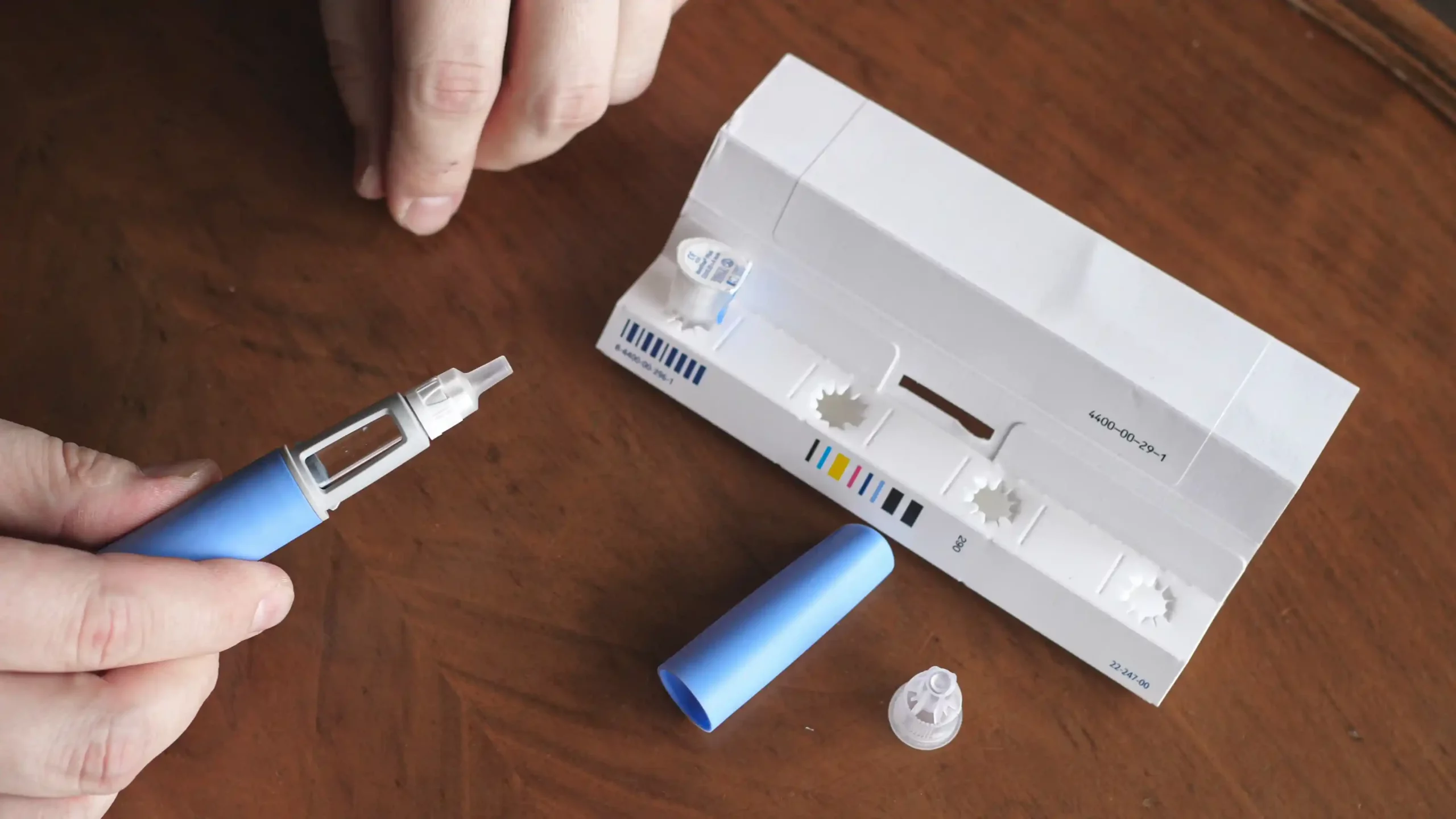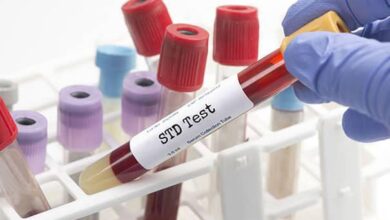
What is Tirzepatide? Understanding This Innovative Diabetes Treatment
Table of Contents
Introduction to Tirzepatide
Diabetes management has seen significant advancements over the years, with numerous treatments emerging to help patients maintain optimal health. One of the most promising recent developments in this field is Tirzepatide. But what exactly is Tirzepatide, and how does it work to treat diabetes? In this article, we will delve into the details of this innovative diabetes treatment, exploring its mechanism, benefits, and potential side effects.
Understanding Diabetes and Its Challenges
The Basics of Diabetes
Diabetes is a chronic condition characterized by high levels of glucose in the blood. There are two main types of diabetes: Type 1 and Type 2. Type 1 diabetes is an autoimmune condition where the body’s immune system attacks insulin-producing cells in the pancreas. Type 2 diabetes, on the other hand, is primarily a result of insulin resistance and is often associated with obesity and lifestyle factors.
Challenges in Diabetes Management
Managing diabetes involves a combination of lifestyle changes, monitoring blood glucose levels, and medication. For many patients, finding the right treatment plan can be challenging due to the complexity of the disease and individual responses to different medications. This is where innovative treatments like Tirzepatide come into play, offering new hope for more effective management.
What is Tirzepatide?
Introduction to Tirzepatide
Tirzepatide is a novel medication developed by Eli Lilly and Company. It is designed to improve blood sugar control in adults with Type 2 diabetes. Unlike traditional diabetes medications that target a single pathway, Tirzepatide is a dual glucose-dependent insulinotropic polypeptide (GIP) and glucagon-like peptide-1 (GLP-1) receptor agonist. This dual action makes it a unique and powerful tool in the management of diabetes.
Mechanism of Action
Tirzepatide works by mimicking the activity of both GIP and GLP-1, two hormones involved in regulating blood sugar levels. GIP and GLP-1 are incretin hormones that stimulate insulin secretion in response to food intake. By activating both receptors, Tirzepatide enhances insulin secretion, reduces glucagon levels, and slows gastric emptying. These combined effects help to lower blood sugar levels and improve glycemic control.
Benefits of Tirzepatide
Improved Glycemic Control
One of the primary benefits of Tirzepatide is its ability to significantly improve glycemic control. Clinical trials have shown that patients treated with Tirzepatide experience substantial reductions in HbA1c levels, which is a key indicator of long-term blood sugar control. In some cases, Tirzepatide has been more effective than other leading diabetes medications, offering a new level of efficacy for patients struggling to manage their condition.
Weight Loss
In addition to improving blood sugar levels, Tirzepatide has also been associated with weight loss. This is particularly beneficial for patients with Type 2 diabetes, as obesity is a common comorbidity that can exacerbate the condition. The weight loss effect is believed to be due to Tirzepatide’s action on appetite regulation and slowing gastric emptying, leading to reduced caloric intake.
Cardiovascular Benefits
Another significant advantage of Tirzepatide is its potential cardiovascular benefits. Diabetes is often linked with an increased risk of cardiovascular diseases, and treatments that can address this risk are highly valuable. Studies have indicated that Tirzepatide may help reduce markers of cardiovascular risk, such as blood pressure and lipid levels, although more research is needed to confirm these benefits.
Potential Side Effects of Tirzepatide
Common Side Effects
As with any medication, Tirzepatide may cause side effects in some patients. The most commonly reported side effects include gastrointestinal symptoms such as nausea, vomiting, diarrhea, and constipation. These side effects are usually mild to moderate and tend to decrease over time as the body adjusts to the medication.
Serious Side Effects
While rare, some serious side effects have been associated with Tirzepatide. These include pancreatitis, gallbladder problems, and kidney issues. It is important for patients to be aware of these potential risks and to discuss any concerns with their healthcare provider. Regular monitoring and prompt reporting of any unusual symptoms can help mitigate these risks.
How is Tirzepatide Administered?
Dosage and Administration
Tirzepatide is administered via a subcutaneous injection, typically once a week. The dosage may vary depending on the individual patient’s needs and response to the treatment. Healthcare providers will typically start patients on a lower dose and gradually increase it to achieve optimal glycemic control while minimizing side effects.
Monitoring and Follow-Up
Patients using Tirzepatide will need regular follow-up appointments with their healthcare provider to monitor their blood sugar levels, weight, and overall health. Adjustments to the dosage may be necessary based on these monitoring results. It is crucial for patients to adhere to their treatment plan and to communicate openly with their healthcare team about their progress and any concerns.
Conclusion
Tirzepatide represents a significant advancement in the treatment of Type 2 diabetes. Its unique dual action on GIP and GLP-1 receptors offers enhanced glycemic control, weight loss benefits, and potential cardiovascular advantages. While there are some risks associated with its use, the overall benefits for many patients make it a promising option in diabetes management. As always, patients should work closely with their healthcare providers to determine the best treatment plan for their individual needs. With continued research and clinical experience, Tirzepatide may well become a cornerstone in the fight against diabetes.








